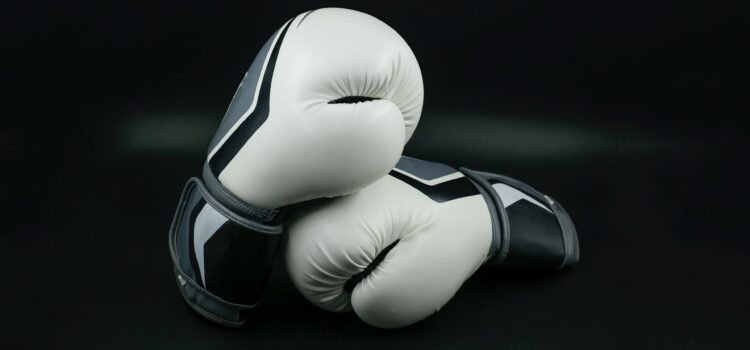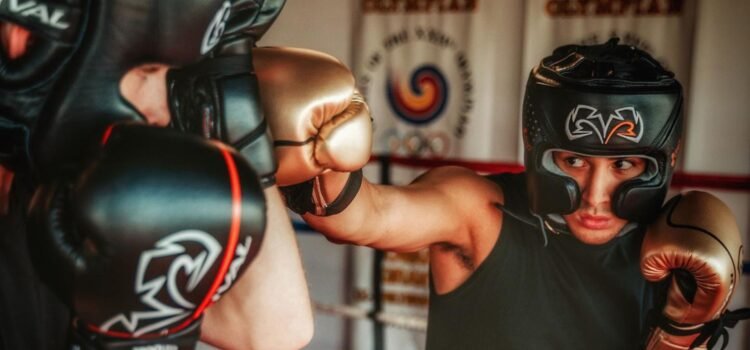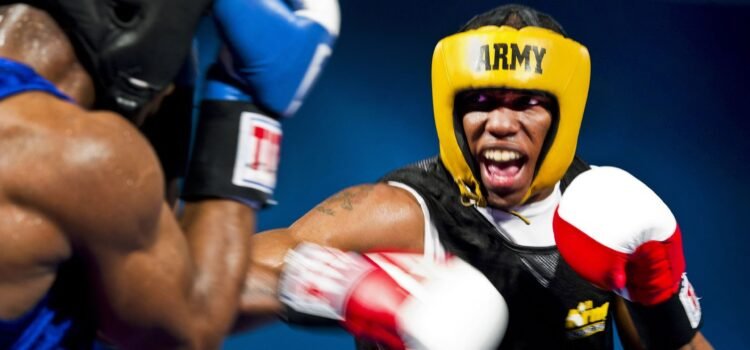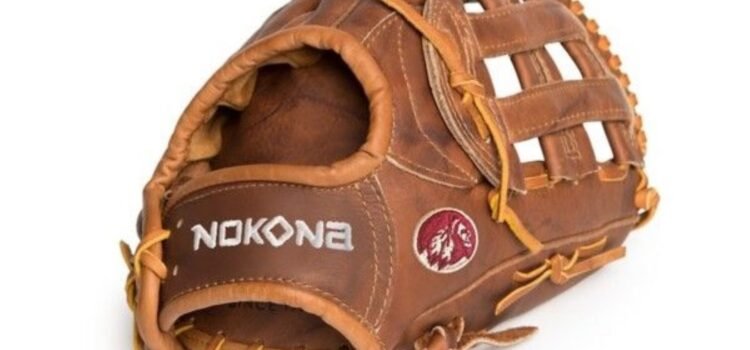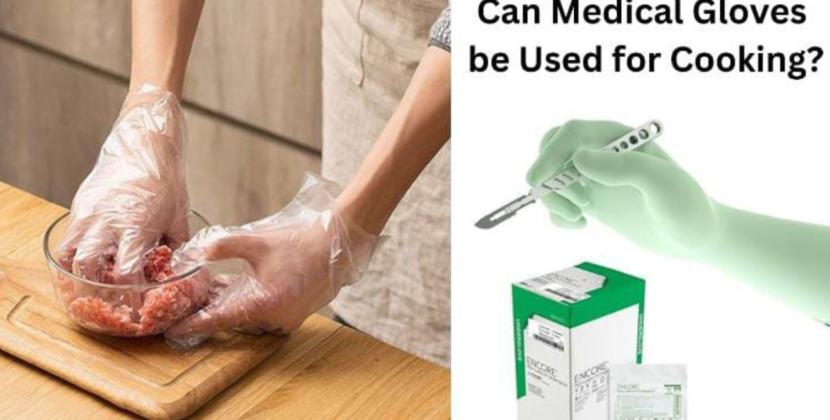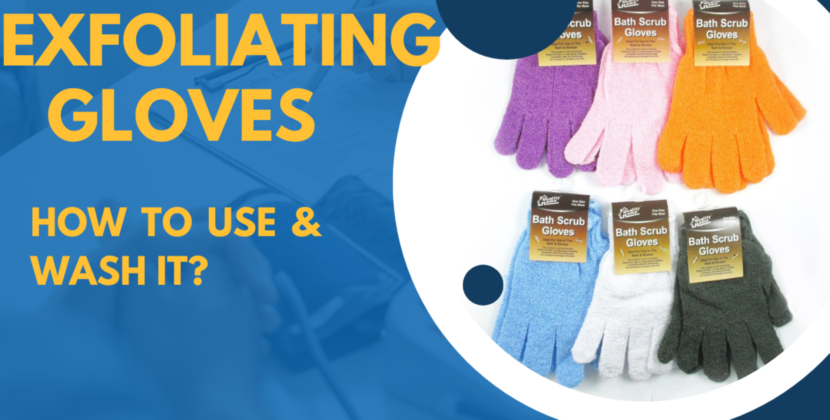Boxing gloves are important gear for any ambitious boxer or fitness enthusiast. They not only save your hands but also improve your performance and ensure the protection of both you and your sparring partner. When it comes to boxing gloves, one important aspect to consider is the materials used in their manufacturing. We will talk about guide to boxing glove materials, their features, and help you make an informed decision when selecting the right gear for boxing journey needs.
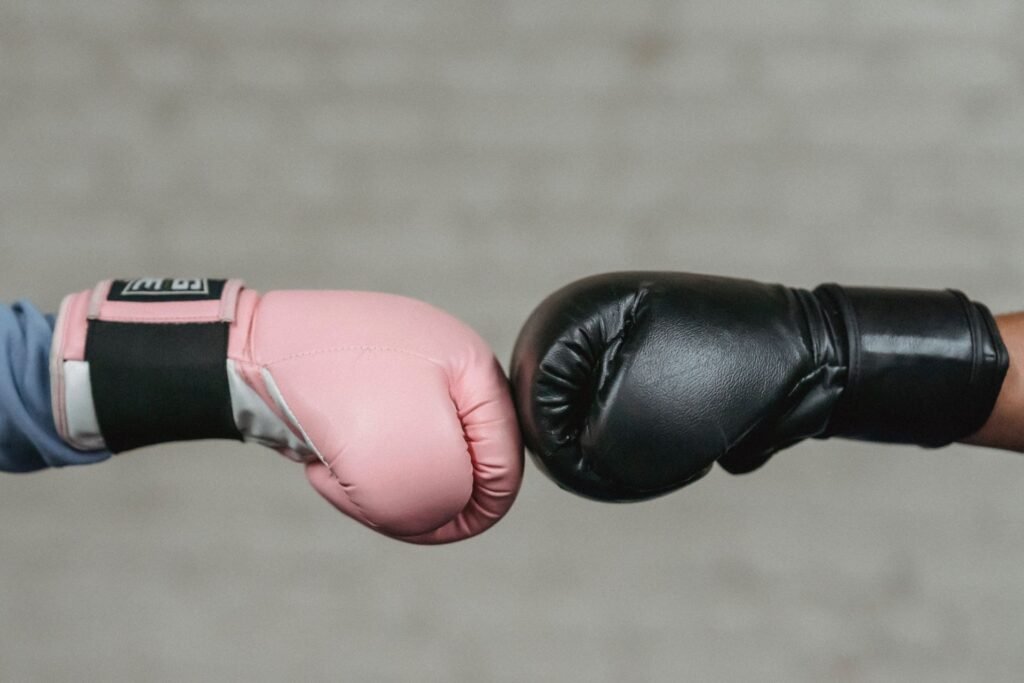
Leather Gloves
Leather gloves are considered the gold standard in boxing gear due to their long-lasting, comfort, and overall performance. There are two main types of leather used in boxing glove making:
a. Genuine Leather: Gloves made from original leather, such as cowhide or goatskin, offer special quality and durability. These gloves are highly resistant to wear and tear, ensuring they withstand intense training sessions. Real leather gloves progressively adjust to the shape of your hand, giving you a modified and very comfortable fit.
b. Synthetic Leather: Synthetic or artificial leather gloves, often referred to as vinyl or PU leather gloves, are a more reasonable alternative to original leather. While they may not offer the same level of durability but they still offer good protection and are suitable for learners or those on a budget. Synthetic leather gloves are also easier to clean and sustain, making them a practical choice for regular use.
Foam Padding
The padding or lining inside boxing gloves plays an important role to save your hands and minimizing the impact on your fighting partner. The most frequently used types of foam padding are:
a. Polyurethane (PU) Foam: PU foam is a multipurpose material that offers very good shock absorption. It provide a balance between safety and comfort, making it appropriate for many training activities. PU foam padding tends to be more reasonable than other options, making it common among learners and recreational boxers.
b. Injected Molded Foam (IMF): IMF is a particular foam that is injected into the glove mold, resulting in a uniform and consistent padding distribution. This type of padding provides more protection and impact distribution. It is usually found in higher-end gloves designed for expert boxers and serious sportspersons.
Closure Systems
The closure system of boxing gloves confirms a safe and cozy fit, allowing you to maintain appropriate hand position and avoid injuries. Here are some common closure systems:
a. Velcro Straps: Velcro straps are the most common closure system due to their suitability and adjustability. They let for quick and easy on/off, making them appropriate for training sessions that require regular glove changes. Velcro straps also offer a modifiable fit to accommodate different hand sizes.
b. Lace-Up Closure: Lace-up closure systems offer a classic and secure fit. They require support to put on and take off but offer excellent wrist support and constancy. Lace-up gloves are commonly used in professional boxing matches, as they offer a tight and adapted fit.
Inner Lining
The inner lining of boxing gloves contributes to coziness, moisture-wicking, and smell control. Here are two common types of linings:
a. Nylon Lining: Gloves with nylon linings are breathable and help wick away sweat from your hands during strong workouts. They also support in avoiding the buildup of odor-causing germs, keeping your gloves fresher for longer.
b. Moisture-Wicking Lining: Some gloves feature particular moisture-wicking linings that are made to keep your hands dry and cool. These linings are often made of materials like polyester or microfiber, which proficiently absorb sweat, maintaining a comfortable training experience.
Conclusion
Guide to boxing glove materials: Leather gloves offer durability and coziness, with genuine leather providing a custom fit. Synthetic leather gloves provide good protection on a budget. Foam padding options include PU foam for balance, and IMF for higher protection. Closure systems like velcro straps offer suitability, while lace-up closures provide safe wrist support. Inner linings like nylon and moisture-wicking materials confirm coziness and odor control. Make an informed decision for an ideal boxing practice.

